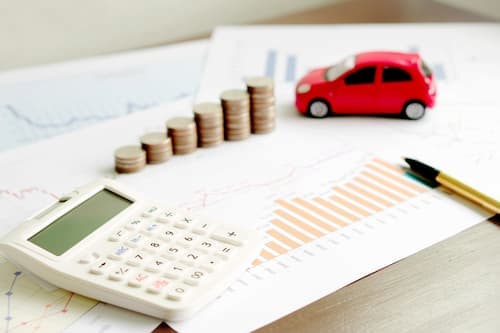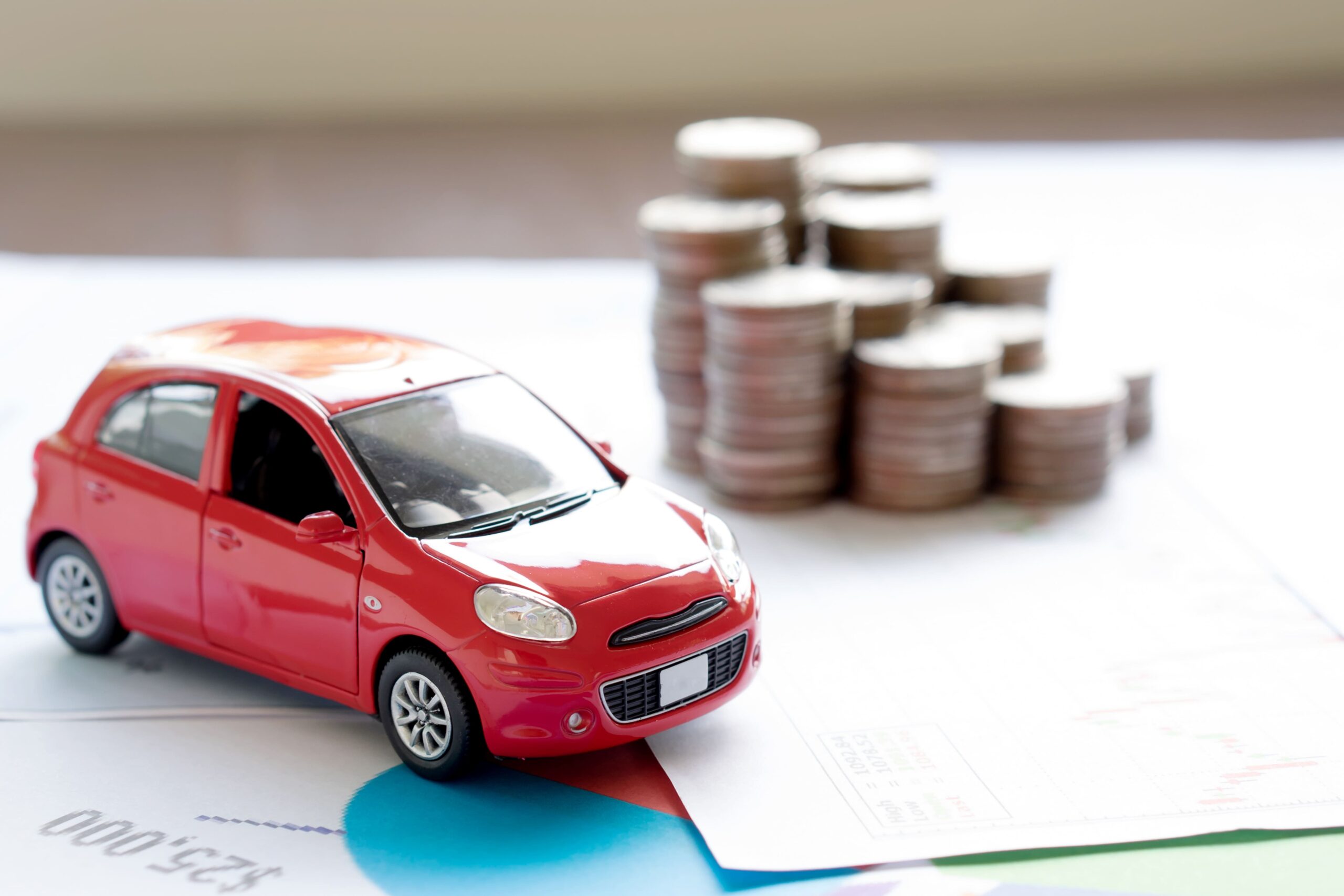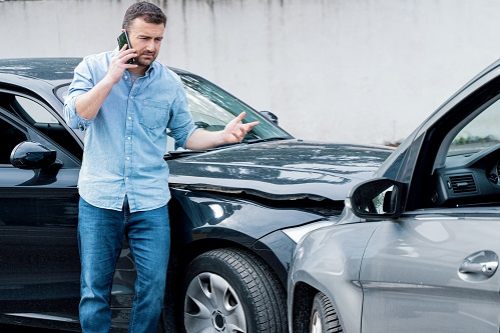Do all traffic violations affect car insurance rates?
Car insurance companies increase rates for traffic tickets that are considered moving violations. This includes things like speeding, running a red light, improper passing, reckless driving and driving under the influence.
The amount by which these violations will increase your rates depends on the company and the violation.
While they are still considered traffic violations, non-moving violations like parking tickets don't affect insurance rates.
People ask
What is considered a violation for car insurance rates to increase?
Moving violations, which are violations that occur while you are behind the wheel, affect auto insurance rates. Non-moving violations, like parking tickets, don't.
How much will a violation increase car insurance rates?
The more serious the violation, the more you can expect to see your rates increase. Let’s look at how much common violations will increase your rates.
Major vs. minor violations: What is the difference and how do they affect insurance rates?
Minor violations are generally low-level misdemeanors, while major violations are higher-level misdemeanors or even felonies. A minor violation is potentially risky, but a major violation stands out because it is very high risk. Major violations are likely to result in serious injuries or fatalities. They have harsher penalties and a greater effect on auto insurance rates.
Here's a look at examples of minor vs. major violations:
| Minor violation | Major violation |
|---|---|
| Speeding ticket 1-10 mph over | DUI |
| Red light ticket | Reckless driving |
| Failing to yield | Hit-and-run |
| Improper passing | Evading law enforcement |
How much does a speeding ticket increase insurance rates?
Even a single speeding ticket will increase your rates, but more than one is much worse. In fact, if your insurance company finds out you got two speeding tickets, it could even decide to drop your coverage at renewal time. How much over the limit you were driving will also affect the impact of the ticket.
| Violation | Average annual rate with a speeding ticket | Average annual rate with a clean record | $ difference | % difference |
|---|---|---|---|---|
| 1 -10 MPH over limit | $2,458 | $1,895 | $561 | 30% |
| 11-29 MPH over limit | $2,617 | $1,895 | $720 | 38% |
| 30 + MPH over limit | $2,816 | $1,895 | $919 | 48% |
How much does a DUI increase insurance rates?
If you are convicted of driving under the influence (DUI), or what is called a DWI or OWI in some states, you can expect your car insurance rates to increase by as much as 103% on an average.
| Violation | Average annual rate with a DUI | Average annual rate, clean record | $ difference | Percentage difference |
|---|---|---|---|---|
| DUI/DWI first offense | $3,853 | $1,895 | $1,956 | 103% |
| DUI/DWI second offense | $5,812 | $1,895 | $3,914 | 206% |
How does texting while driving affect car insurance rates?
The increase in car insurance rates after a texting while driving violation depends on your insurer and state laws. In most states, texting while driving is considered a minor violation. It will increase your rates, but not as much as a DUI.
Our data show that a texting while driving ticket increases your premiums by 32% from $1,895 a year to $2,507.
How much does a failure to stop ticket increase car insurance rates?
Similar to the texting while driving ticket, the increase in rates after failure to stop violation depends on state laws and how your insurer sees it.
The average rate increase is 31%, from $1,895 a year to $2,490.
Does driving without a license affect car insurance rates?
Driving without a license is a different type of violation; it will usually mean you’ll be waiting longer to get your license, and when you do, you’ll be treated as a riskier driver. Although driving without a license doesn’t mean you’re a bad driver, it shows a disregard for the law that makes you appear to be a higher risk.
A driver with a ticket on their driving record for driving without a license will pay about 36% more for auto insurance, an increase from $1,895 annually to $2,585.
People ask
What is the difference between a violation and an infraction?
Violation and infraction are two terms that refer to a minor breach of the law. They are used interchangeably.
Can you prevent a violation from increasing your insurance rates?
The only way to keep a violation from affecting your insurance rates is to keep the ticket off your record. In some cases, going to traffic school can remove the ticket from your record and avoid an increase. You may even be able to fight the ticket in court and win.
However, the best way to keep your record clean and your insurance rates low is to follow the rules of the road and avoid getting that ticket in the first place.
FAQ: How violations affect car insurance rates
Do non-moving violations affect insurance premiums?
No. Non-moving violations like parking tickets do not affect car insurance rates.
How long will most driving violations affect your car insurance rates?
Most traffic violations affect your insurance rates for three years. More serious violations may stay on your driving record and affect rates longer.






